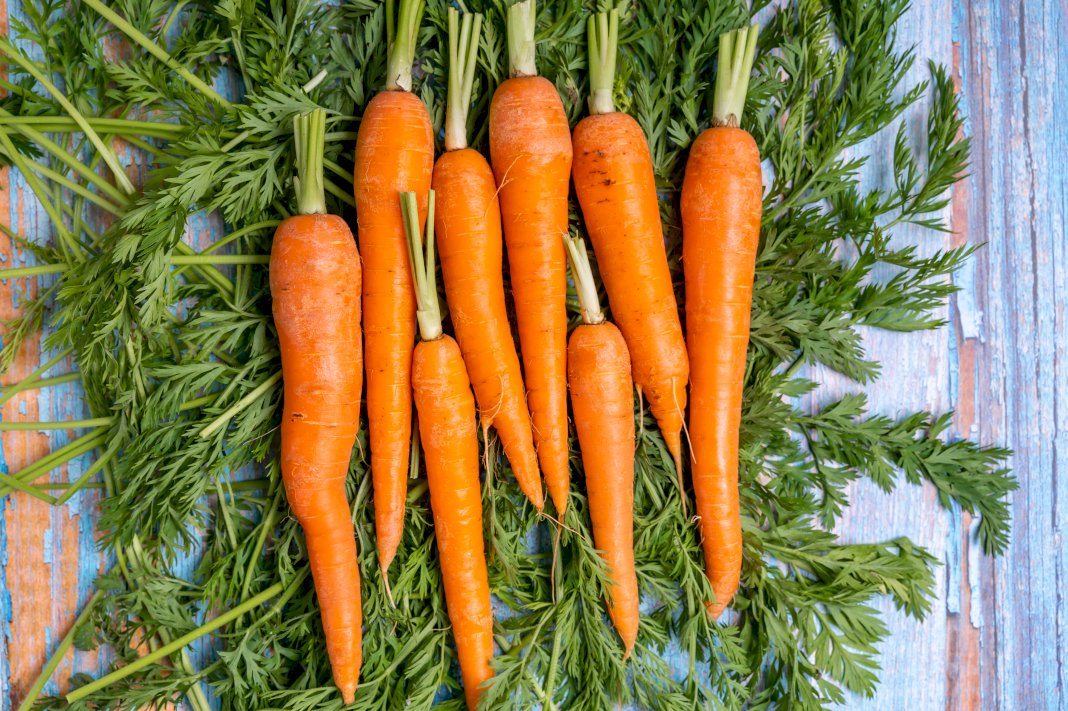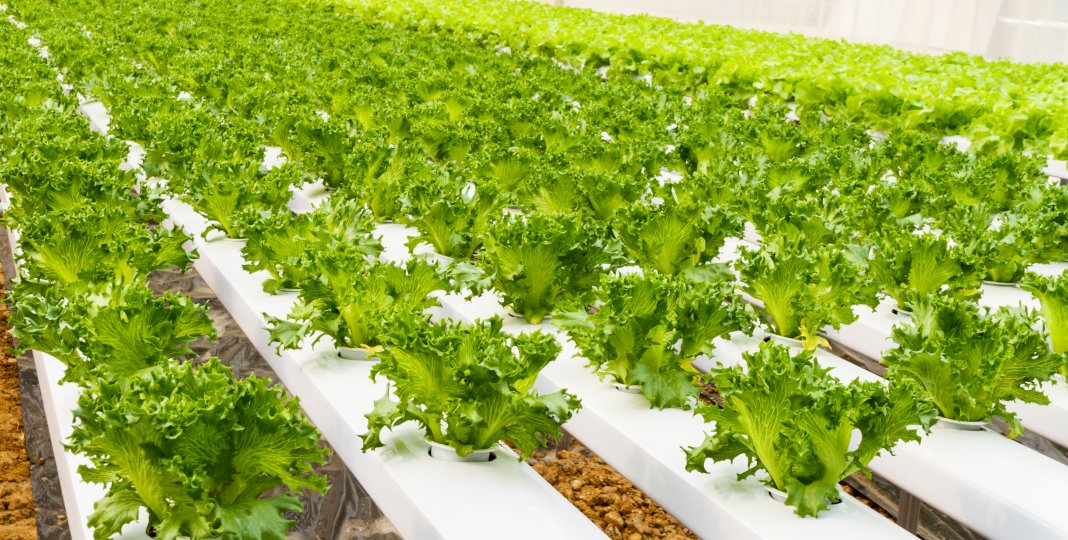Best Ways To Grow Your Vegetables at Home During Winter

- Winter vegetable gardening is feasible with the right choice of hardy crops and understanding their specific needs.
- Proper insulation and ventilation of the greenhouse are critical to maintaining optimal growing conditions during winter.
- Raised beds and an effective heating system can significantly enhance the productivity and sustainability of your winter vegetable garden.
- Regular maintenance of the garden, including pest control and adequate watering, is essential to the health and quality of your plants.
Imagine having a bounty of fresh, home-grown vegetables even in the chill of winter. Sounds impossible? It’s not as difficult as you may think. With a little bit of planning and preparation, you can enjoy a variety of nutritious, home-grown veggies right through the colder months. Explore the best ways to grow your vegetables at home during winter.
Choose the Right Crops

When considering which vegetables to grow during winter, choosing the right crops that can survive the cold is crucial. Hardy vegetables like kale, carrots, and Brussels sprouts can withstand freezing temperatures and even thrive in them. On the other hand, some leafy greens like spinach and arugula can grow in colder weather but might require extra care, such as covering them with a frost blanket on the coldest nights.
Root vegetables like beets and radishes are also an excellent choice for winter gardening as they grow underground, insulated from the frost. Understanding the climate and weather conditions in your area, as well as the specific needs of each plant, is key to successful winter gardening.
Invest in a Greenhouse

Investing in a high-quality cold-weather greenhouse can significantly extend your growing season, allowing you to cultivate a wider variety of vegetables throughout the year. A greenhouse is essentially a protective structure that traps heat, creating a warmer microclimate inside than outside. This makes it possible to grow crops that may not otherwise thrive in colder temperatures, like tomatoes and cucumbers. Here are some tips to help you out:
Insulate Your Greenhouse
Proper insulation is pivotal in maintaining a greenhouse’s effectiveness during the harsh winter. It’s important to use insulating materials like bubble wrap or foam insulation boards to layer the interior, keeping the warmth and cold out. In addition, consider adding weather stripping to doors and windows to prevent drafts.
Using a thermal, UV-resistant film on the greenhouse’s exterior can also be beneficial, allowing sunlight to enter while retaining heat. Don’t forget to insulate the greenhouse floor as well – a layer of gravel or foam insulation beneath the planting beds can help prevent heat loss from the ground.
Lastly, maintaining an adequately heated temperature in your greenhouse is crucial to ensure the survival of your plants. This can be achieved using heating methods such as space heaters, soil heating cables, or planting beds. Always remember, that a well-insulated greenhouse is key to successful winter gardening.
Proper Ventilation
Maintaining proper ventilation in your greenhouse is equally important as insulation during the winter months. An efficient ventilation system reduces humidity, prevents the build-up of condensation, and regulates temperature, creating a more conducive environment for your plants to grow.
Use vents and fans to circulate air and expel excess moisture. Remember that the vents should ideally be located at the highest point of your greenhouse, as hot, moist air rises. During the day, automated vent openers can be extremely handy if the sun is strong enough to heat the greenhouse above your desired temperature.
They open and close based on the temperature, ensuring your greenhouse doesn’t overheat. In winter, it’s best to ventilate your greenhouse on warmer days to avoid a sudden drop in temperature. Remember, a well-ventilated greenhouse contributes to healthier plants and a higher yield.
Use Raised Beds
Raised beds can be a game-changer in your winter gardening venture. They improve drainage, prevent soil compaction, and provide better pest control. Moreover, because raised beds contain soil above ground level, they tend to warm up more quickly than traditional garden beds.
This means your seeds germinate faster and you get a head start on the growing season. To maximize the benefits of raised beds in winter, consider filling them with compost, peat moss, and vermiculite. This mix retains moisture, yet drains well, providing ideal conditions for root development.
Mulching the surface with straw or shredded leaves can provide additional frost protection. Low tunnels or cloche covers can be installed over these beds if temperatures dip too low to create a mini greenhouse effect. With these measures in place, raised beds can greatly enhance your winter vegetable garden’s productivity and sustainability.
Install a Heating System
Installing an effective heating system in your greenhouse can be a decisive factor in successfully growing vegetables in winter. It ensures a constant and suitable temperature, protecting the plants from frost and cold shocks. Various options are available, including electric, gas, and even solar heaters.
Electric heaters are easy to install and operate, but they might increase your electricity bill. On the other hand, gas heaters are usually more cost-effective, but they require proper ventilation to prevent the build-up of harmful gases. Solar heaters can be a great eco-friendly option, but their effectiveness depends on sunlight.
Whichever heating system you choose, ensure it suits your greenhouse size and the crops you plan to grow. A thermostat can be a valuable addition, allowing for automatic temperature regulation and eliminating the need for manual adjustments.
Regular Maintenance
Just like any other aspect of gardening, maintaining your winter vegetable garden requires regular attention and upkeep. This ranges from checking the health of your plants and removing any dead or diseased foliage to ensuring the greenhouse structure remains intact and efficient in the face of harsh weather conditions.
Regularly monitor temperature variations inside the greenhouse to ensure optimal plant growth conditions. Also, check pest infestations, and employ natural or organic pest control methods to protect your crops without compromising their quality.
Regular maintenance also includes timely watering and feeding your plants with necessary nutrients. Remember, winter gardening might pose different challenges than the other seasons, but with a well-maintained greenhouse, you can overcome these challenges and enjoy the fruits of your labor – or in this case, your vegetables!
In conclusion, winter vegetable gardening is not just possible, it’s also incredibly rewarding. Now it’s your turn – don your gardening gloves, embrace the chill, and let the joy of winter gardening unfold. Begin your winter gardening journey today!